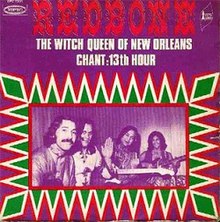
"Funkytown" is a song by American disco-funk group Lipps Inc., released by Casablanca Records in March 1980. It was written and produced by Steven Greenberg and released as the second single from the group's debut studio album, Mouth to Mouth (1979).

"Eye of the Tiger" is a song by the American rock band Survivor. It was written as the theme song for the 1982 film Rocky III and released that year as a single from Survivor's third album, Eye of the Tiger.

"Jive Talkin'" is a song by the Bee Gees, released as a single in May 1975 by RSO Records. This was the lead single from the album Main Course and hit number one on the Billboard Hot 100; it also reached the top-five on the UK Singles Chart in the middle of 1975. Largely recognised as the group's comeback song, it was their first US top-10 hit since "How Can You Mend a Broken Heart" (1971).

"Miss You" is a song by the English rock band the Rolling Stones, released on Rolling Stones Records in May 1978. It was released as the first single one month in advance of their album Some Girls. "Miss You" was written by Mick Jagger and Keith Richards.
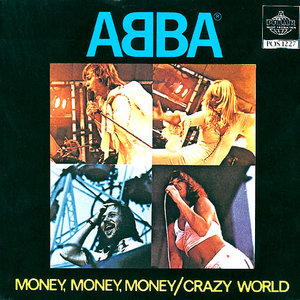
"Money, Money, Money" is a song recorded by Swedish pop group ABBA, written by Benny Andersson and Björn Ulvaeus with Anni-Frid Lyngstad singing lead vocals. It was released on 1 November 1976, as the second single from their fourth album, Arrival (1976). The B-side, "Crazy World", was recorded in 1974 during the sessions for the album ABBA. The song is sung from the viewpoint of a woman who, despite hard work, can barely keep her finances in surplus, and therefore desires a well-off man.

"Celebration" is a 1980 song by American band Kool & the Gang. Released as the first single from their twelfth album, Celebrate! (1980), it was the band's first and only single to reach No. 1 on the US Billboard Hot 100.

"I Think I Love You" is a song by Tony Romeo, written as the debut single for fictional musical TV family the Partridge Family, released in August 1970, a month prior to the debut of the ABC-TV musical sitcom The Partridge Family starring Shirley Jones and featuring David Cassidy, both of whom appear on the record, with Cassidy as lead vocalist. The single topped Billboard's Hot 100 for three weeks in November and December 1970 and later was certified by NARM as the best-selling single of 1970.

"Baby Jane" is a 1983 song by British singer Rod Stewart, written by Stewart and Jay Davis released as the lead single from his twelfth studio album Body Wishes. Produced by Stewart, Tom Dowd, George Cutko and Jim Cregan, it was his most successful single since "Da Ya Think I'm Sexy" in 1978, peaking at No. 1 in the UK remaining at the top of the chart for three weeks. In the US, the song was also a big hit, peaking at no. 14 on the Billboard Hot 100 chart. The single also charted highly in Australia, peaking at no. 10.
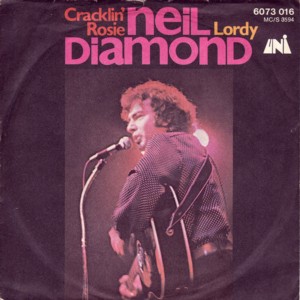
"Cracklin' Rosie" is a song written and recorded by Neil Diamond in 1970, with instrumental backing by Los Angeles session musicians from the Wrecking Crew, including Hal Blaine on drums, Larry Knechtel on keyboards, Joe Osborn on bass, Al Casey on guitar and Gene Estes on percussion – arranged by Don Randi. The song was included on Diamond's album Tap Root Manuscript. In October 1970 the song became Diamond's first American No. 1 hit within the Billboard Hot 100, and his third to sell a million copies. It was his breakthrough single on the UK Singles Chart, reaching No. 3 for four weeks in November and December. Billboard ranked the record as the No. 17 song of 1970. It also reached No. 2 in both the Australian Singles Chart and the Irish Singles Chart. Its best performance was in New Zealand, where it stayed at No. 1 for five weeks at the end of the year.

The Platinum Collection: Greatest Hits I, II & III is a box set by British rock band Queen which comprises their three greatest hits albums, Greatest Hits, Greatest Hits II and Greatest Hits III. The album was originally released on 13 November 2000 on the Parlophone label. A booklet with song facts and images is also included with the three CD set. The US release was delayed by Hollywood Records until September 2002 and featured the 2001 Japanese release remastered versions of Greatest Hits Volumes 1 and 2 on the US and Canadian versions of The Platinum Collection. The album peaked at number 2 in the UK.

"Dr. Beat" is the first international single released by the American band Miami Sound Machine, led by Cuban-American singer Gloria Estefan, on their first English language, but eighth overall, studio album, Eyes of Innocence (1984). The song which was written by the band's lead songwriter and drummer Enrique "Kiki" Garcia and was released worldwide in 1984 becoming a top success across Europe where the album impacted the charts with this hit.

"Little Lies" is a song by British-American rock band Fleetwood Mac from their 14th studio album, Tango in the Night (1987). It was written by band member Christine McVie and her then-husband, Eddy Quintela, with lead vocals performed primarily by McVie; the chorus features backing vocals by Lindsey Buckingham and Stevie Nicks. The song was released in August 1987 by Warner Bros. Records, as the third single from Tango in the Night.

"Donna" is the first single by British art pop band 10cc. Released in 1972, it peaked at No. 2 on the UK Singles Chart. The song was written by Lol Creme and Kevin Godley.

"Born to Be Alive" is a song written by French singer Patrick Hernandez. It became a worldwide hit and reached number one on the US Billboard National Disco Action chart in early 1979. The song achieved gold status in the United States.
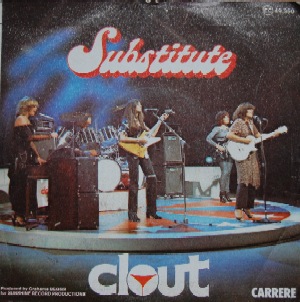
"Substitute" is a song by Willie H. Wilson, recorded first by The Righteous Brothers and released as a single from their album The Sons of Mrs. Righteous in 1975. A 1978 version by the South African all-female band Clout was a global hit.
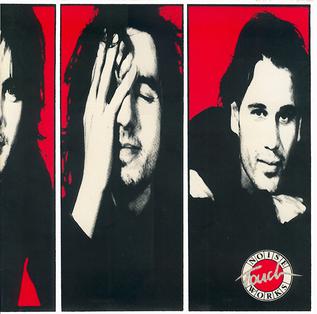
Touch is the second studio album by Australian rock band Noiseworks. It was released by CBS Records on 14 November 1988.

"Come Back and Stay" is a song that was first recorded in 1981 by its writer Jack Lee. In 1983, singer Paul Young released his version as a single from his album No Parlez, and it became an international hit. The song reached number 4 on the UK Singles Chart.

"Skinny Love" is a song written by American musician and songwriter Justin Vernon. It was originally released by indie folk band Bon Iver, of which Vernon is a member, in 2007. A cover version by the British vocalist Birdy was released in 2011. Both versions charted internationally and have been featured in multiple television and film soundtracks. The song has since become a popular tune for various singing competition shows around the English-speaking world.

"Hey Brother" is a dance song by Swedish DJ and record producer Avicii from his debut studio album, True (2013). American bluegrass singer Dan Tyminski provides vocals for the track. It was written by Avicii, Ash Pournouri, Salem Al Fakir, Vincent Pontare and Veronica Maggio. "Hey Brother" sees Avicii giving his brother advice.
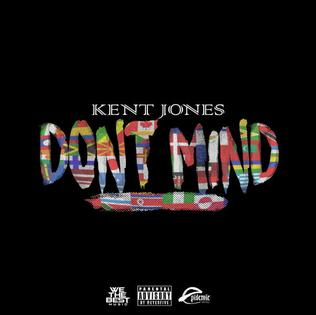
"Don't Mind" is the debut single by American hip hop recording artist Kent Jones. The song was released on April 25, 2016, by Epidemic Records, We the Best Music Group and Epic Records as a single from his debut mixtape Tours (2015). The official remix features Pitbull and Lil Wayne.
